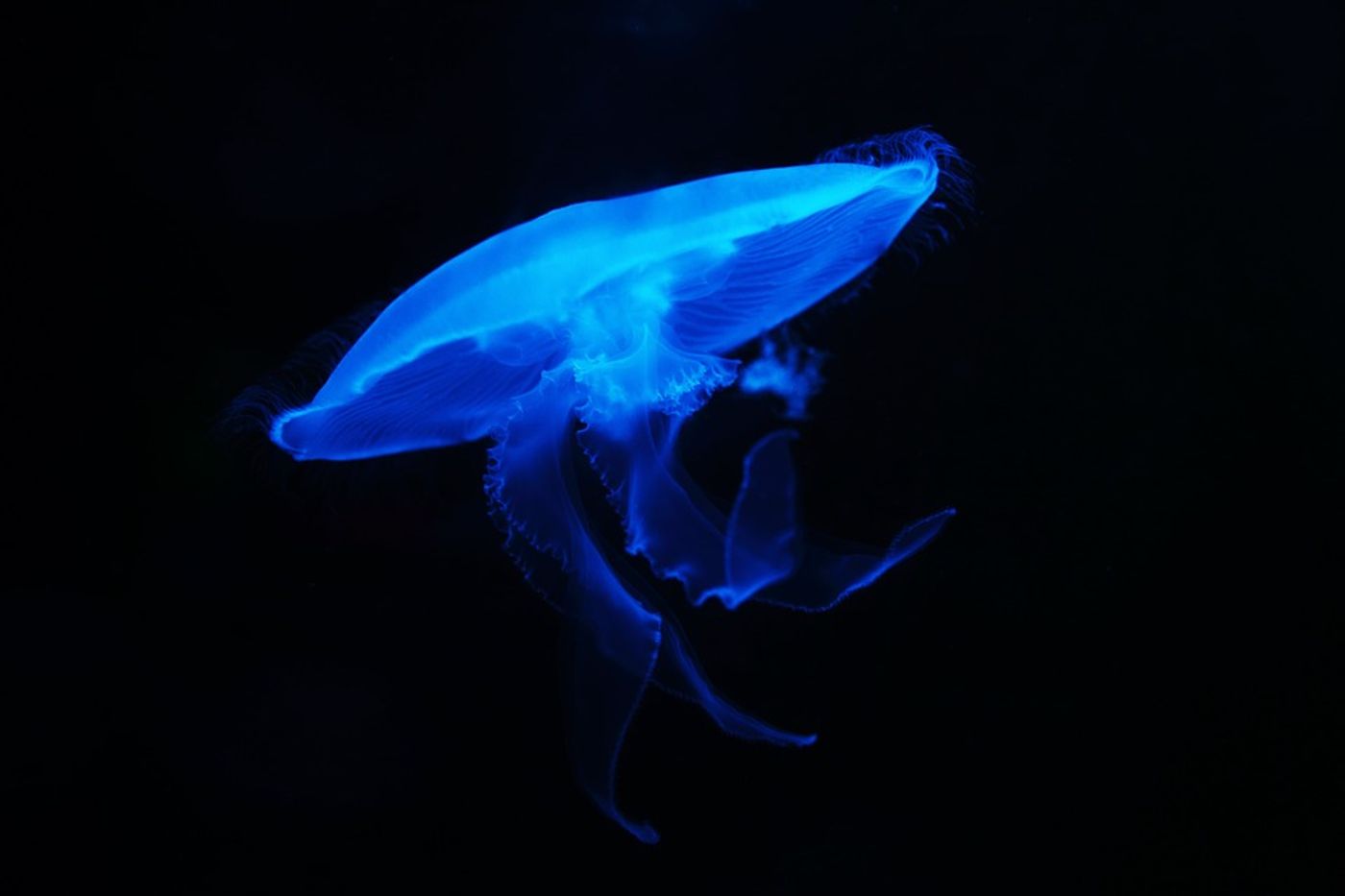The impacts of deep sea-bed mining are worse than we thought
Scientists at the University of Hawai'i at Manoa report heightened concerns over the ecological impacts of deep-seabed mining, saying that commercial operations have more adverse effects on deep-sea ecosystems than previously documented. Their findings are published in the journal Trends in Ecology and Evolution.
The thirteen researchers say they hope to change the misconceptions that have been publicized and to collaborate with regulators and society to help manage deep-seabed mining and protect our deep sea-beds.
"As a team of deep-sea ecologists, we became alarmed by the misconceptions present in the scientific literature that discuss the potential impacts of seabed mining," said oceanography professor Craig Smith. "We found underestimates of mining footprints and a poor understanding of the sensitivity and biodiversity of deep-sea ecosystems and their potential to recover from mining impacts. All the authors felt it was imperative to dispel misconceptions and highlight what is known and unknown about deep seabed mining impacts."
The researchers explain how deep-seabed mining destroys the seafloor and impacts the entire water column above extraction activities. Mining pursuits for copper, cobalt, zinc, and manganese, among other metals, often purposely underestimate these adverse impacts in the name of economic gain.
"The bottom line is that many deep-sea ecosystems will be very sensitive to seafloor mining, are likely to be impacted over much larger scales than predicted by mining interests, and that local and regional biodiversity losses are likely, with the potential for species extinctions," said Smith.
The deep-sea refers to ocean depths below 650 feet and accounts for over 90% of the biosphere on Earth. Yet, relatively little is still known about these enigmatic worlds beneath us in comparison to terrestrial biomes. Because of this, it is difficult to conduct simulations to determine the full long-term impacts of deep sea-bed mining.
"All the simulations conducted so far do not come close to duplicating the spatial scale, intensity and duration of full-scale mining," said Smith. "Further, the computer models use ecosystem sensitivities derived from shallow-water communities that experience orders of magnitude higher levels turbidity and sediment burial (mining-type perturbations) under natural conditions than the deep-sea communities targeted for mining."
Due to the temporal proximity of planned mining events, the researchers say it is more urgent than ever to make the public aware of the known and unknown risks. "Polymetallic-nodule mining may ultimately impact 500,000 square kilometers of deep seafloor in the Pacific, an area the size of Spain, yielding perhaps the largest environmental footprint of a single extractive activity by humans," said Smith. "Addressing the misconceptions and knowledge gaps related to deep-sea mining is the first step towards effective management of deep-seabed mining."
Sources: Trends in Ecology and Evolution, Science Daily









